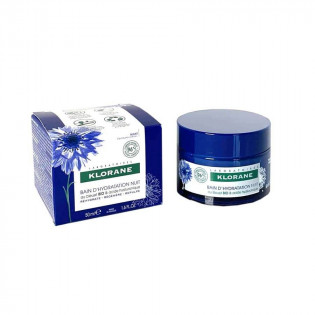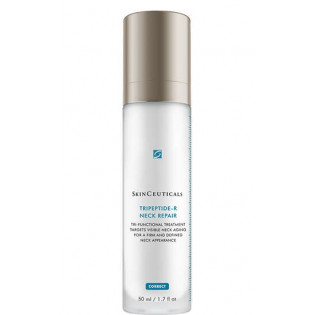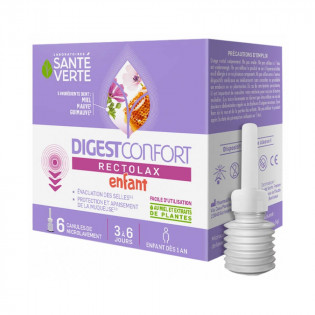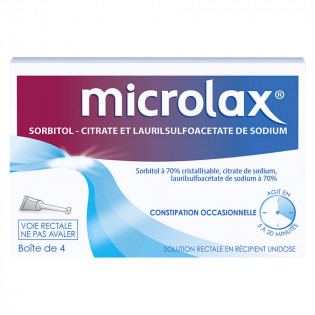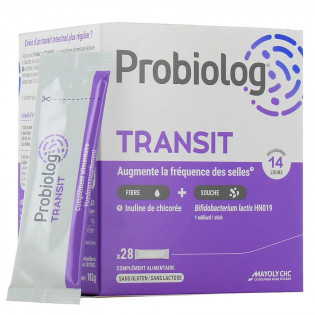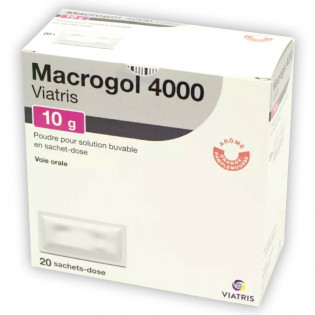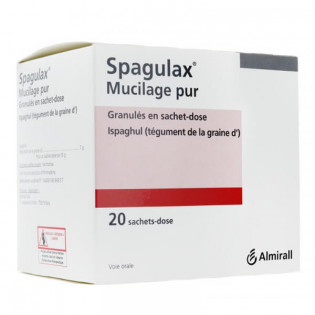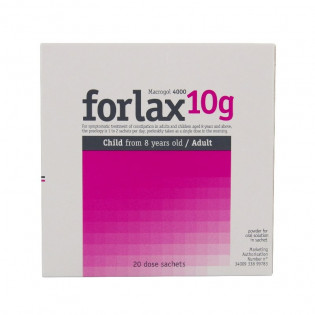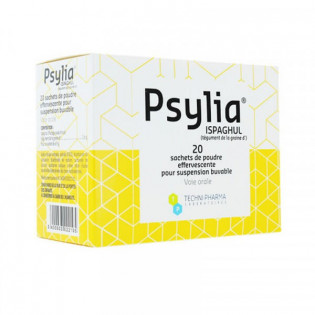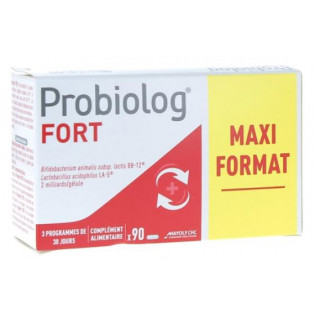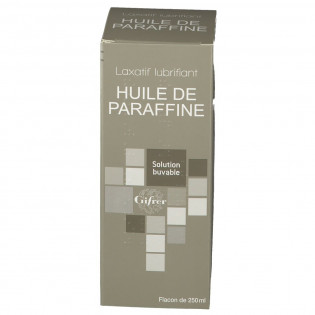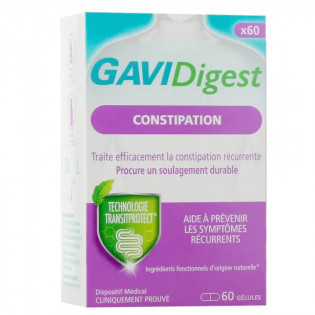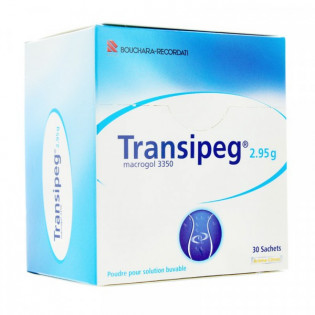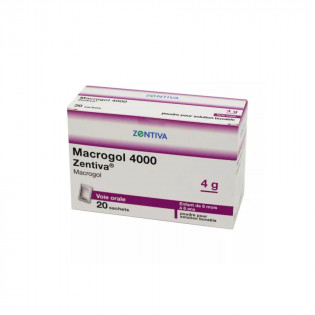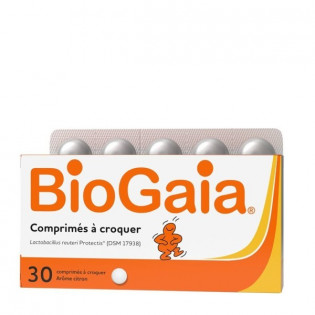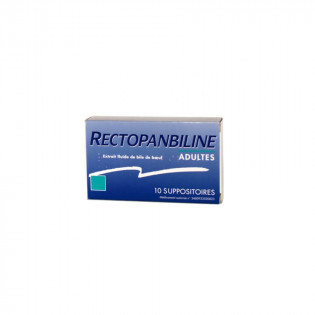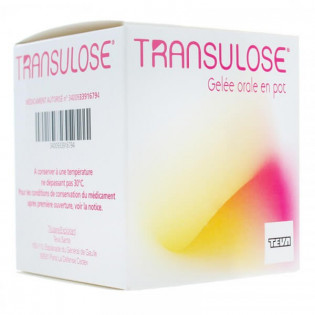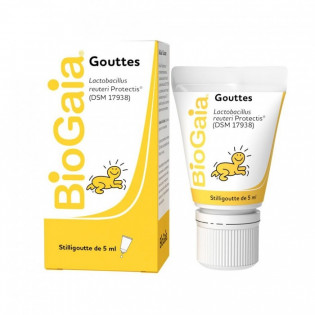In this manual :
1. WHAT IS LANSOYL SUGAR-FREE 78.23 g PER CENT, oral gel in a jar sweetened with sodium saccharin AND WHAT IS IT USED FOR?
2. WHAT YOU SHOULD KNOW BEFORE TAKING LANSOYL SUGAR-FREE 78.23 g PER CENT, oral gel in a jar sweetened with sodium saccharin
3. HOW DO I TAKE LANSOYL SUGAR-FREE 78.23 g PER CENT, jarred oral gel sweetened with sodium saccharin?
4. WHAT ARE THE POSSIBLE SIDE EFFECTS?
5. HOW TO USE LANSOYL SUGAR-FREE 78.23 g PER CENT, oral gel in a jar sweetened with sodium saccharin?
6. ADDITIONAL INFORMATION
1. WHAT IS LANSOYL SUGAR-FREE 78.23 g PER CENT, oral gel in a jar sweetened with sodium saccharin AND WHAT IS IT USED FOR?
Pharmacotherapeutic class
LUBRICATING LAXATIVES
Liquid paraffin acts by mechanical action to lubricate the contents of the colon and soften the stool.
Treatment of occasional constipation.
2. WHAT YOU SHOULD KNOW BEFORE TAKING LANSOYL SUGAR-FREE 78.23 g PER CENT, oral gel in a jar sweetened with sodium saccharin
List of information needed before taking the medicine
If your doctor has informed you of an intolerance to certain sugars, contact him/her before taking this medicine.
Do not take LANSOYL SUGAR-FREE 78.23 g PER CENT, oral gel in a jar sweetened with sodium saccharin:
- if you are allergic to the active substance or to any of the other ingredients contained in LANSOYL SUGAR-FREE 78.23 g PER CENT, oral gel in a jar sweetened with sodium saccharin.
- If you have abdominal pain for which you do not know the cause.
- If you have difficulty swallowing (swallowing properly) because of the risk of bronchial inhalation and lipoid pneumonia.
Precautions; special warnings
Use caution with LANSOYL SUGAR-FREE 78.23 g PER CENT, oral gel in jar sweetened with sodium saccharin:
Special Warnings
- Do not use this medication for long periods of time; prolonged use of liquid paraffin may reduce the absorption of fat-soluble vitamins (A, D, E, K).
- Drug treatment of constipation is only an adjunct to dietary therapy, which consists of:
o an enrichment of the diet with vegetable fibres and drinks,
o physical activity,
o re-education of exoneration.
- In case of chronic constipation, which may be linked to a bowel disease or to an imbalance in bowel function due to eating habits and lifestyle, TAKE THE ADVICE OF YOUR DOCTOR.
Precautions for use
Caution should be exercised when administering liquid paraffin to patients who are bedridden or have difficulty swallowing, as it may cause passage into the bronchial tubes and respiratory disorders.
This medicine contains an azoic colouring agent (E 124) and may cause allergic reactions.
This medicine contains sorbitol. Its use is not recommended in patients with fructose intolerance (a rare hereditary disease).
Interactions with other medicines
Talk to your doctor or pharmacist if you are taking or have recently taken any other medicines, including medicines obtained without a prescription.
Interactions with food and drink
Not applicable.
Interactions with herbal products or alternative therapies
Not applicable.
Use during pregnancy and breastfeeding
Pregnancy and breastfeeding
It is preferable not to use this medicine during pregnancy as it may cause a lack of absorption of certain essential vitamins for your child.
If you discover that you are pregnant during treatment, consult your doctor, as only he or she can decide whether you should continue the treatment.
Ask your doctor or pharmacist for advice before taking any medication.
Not applicable.
Effects on ability to drive and use machines
Not applicable.
List of excipients with a known effect
Important information about some of the ingredients of LANSOYL SUGAR-FREE 78.23 g PER CENT, oral gel in a jar sweetened with sodium saccharin
Sorbitol
Cochineal red A (E 124).
3. HOW TO TAKE LANSOYL SUGAR-FREE 78.23 g PER CENT, oral gel in a jar sweetened with sodium saccharin?
Instructions for proper use
Not applicable.
Dosage, Method and/or route(s) of administration, Frequency of administration and Duration of treatment
Dosage
For adults and children over 15 years of age only: one tablespoon, repeated if necessary 1 to 3 times per 24 hours, without exceeding the maximum dosage of 3 tablespoons per 24 hours.
In case of failure of the treatment, do not increase the doses, but take the advice of your doctor.
Mode and route of administration
Oral use
Frequency of administration
The dose should be taken between meals:
- Either preferably in the morning on an empty stomach;
- Either 2 hours before or after meals;
- If you take it in the evening, you must avoid going to bed for the next two hours and take into account the risk of the laxative effect occurring during the night.
Duration of treatment
The duration of use is limited to 10 days.
Symptoms and instructions in case of overdose
If you have taken more LANSOYL SUGAR-FREE 78.23 g PER CENT, oral gel in a jar sweetened with sodium saccharin than you should have:
Stop treatment and contact your doctor or pharmacist.
High dose use of liquid paraffin may lead to:
- steatorrhea (fatty diarrhea),
- anal oozing,
- and perianal irritation.
Instructions in case of missed doses
If you forget to take LANSOYL SUGAR-FREE 78.23 g PER CENT, oral gel in a jar sweetened with sodium saccharin:
Do not take a double dose to make up for the dose you forgot to take.
Risk of withdrawal syndrome
If you stop taking LANSOYL SUGAR-FREE 78.23 g PER CENT, oral gel in a jar sweetened with sodium saccharin: not applicable.
If you have any further questions about the use of this medicine, ask your pharmacist for more information.
4. WHAT ARE THE POSSIBLE SIDE EFFECTS?
Description of side effects
Like all medicines, LANSOYL SUGAR-FREE 78.23 g PER CENT, oral gel in a jar sweetened with sodium saccharin is likely to have undesirable effects, although not everyone is susceptible.
At high doses, possibilities:
- Of oily discharge (colored red) from the anus,
- And sometimes, irritation in the anus.
Under exceptional conditions or due to improper use, respiratory problems may occur (see Precautions for use).
If you notice any side effects not mentioned in this leaflet, or if any side effects become serious, please tell your doctor or pharmacist.
5. HOW TO USE LANSOYL SUGAR-FREE 78.23 g PER CENT, oral gel in a jar sweetened with saccharin sodium?
Keep out of the reach and sight of children.
Do not use LANSOYL SUGAR-FREE 78.23 g PER CENT, jarred oral gel sweetened with sodium saccharin after the expiry date stated on the box. The expiry date refers to the last day of the month.
This medicine should be stored at a temperature not exceeding 25°C.
If necessary, warnings against certain visible signs of deterioration
Do not dispose of the medicine in the sewer or in your household waste. Ask your pharmacist what to do with unused medicines. This will help to protect the environment.
6. ADDITIONAL INFORMATION
Complete list of active ingredients and excipients
What does LANSOYL SUGAR-FREE 78.23 g PER CENT, oral gel in a jar sweetened with sodium saccharin, contain?
The active substance is:
Liquid paraffin .............................................................................................................................. 78.230 g
The other components are:
Lactulose syrup, sorbitol, citric acid monohydrate, gelatine, cochineal red A (E 124), flavouring composition, saccharin sodium, drinking water.
Pharmaceutical form and content
What is LANSOYL SUGAR-FREE 78.23 g PER CENT, oral gel in a jar sweetened with sodium saccharin and what does it contain?
This medicine comes in the form of an oral gel. Jar of 180 g or 215 g.
Name and address of the marketing authorisation holder and of the manufacturing authorisation holder responsible for batch release, if different
Holder
JOHNSON & JOHNSON SANTE BEAUTE FRANCE
1, rue Camille Desmoulins
92130 ISSY-LES-MOULINEAUX
Operator
JOHNSON & JOHNSON SANTE BEAUTE FRANCE
1, rue Camille Desmoulins
92130 ISSY-LES-MOULINEAUX
Manufacturer
FARMEA
10, RUE BOUCHER THOMAS
ZAC D'ORGEMONT
49007 ANGERS CEDEX 01
Names of the medicinal product in the Member States of the European Economic Area
Not applicable.
Date of approval of the package leaflet
The last date on which this package insert was approved was {date}.
MA under exceptional circumstances
Not applicable.
Detailed information on this medicinal product is available on the website of Afssaps (France).
Information reserved for health professionals
Not applicable.
HEALTH EDUCATION ADVICE
What you need to know
Constipation is defined as a decrease in the frequency of bowel movements to less than 3 per week.
This definition does not constitute an absolute rule. In fact, the usual duration of transit (food travels through the intestine) and therefore the frequency of stools varies widely from one individual to another. It is therefore important to take into account the feeling of discomfort or the disorders associated with this slowed transit.
In case of constipation, there may be discomfort in the abdomen (belly). It is difficult or even painful to have a bowel movement. The expulsion of the stool seems incomplete. The stools are hard, not very abundant. Cramping or bloating may occur.
Occasional constipation is usually due to a change in daily habits (travel abroad, change in diet, stress,...) or to "holding back".
Eating habits and lifestyle (sedentary lifestyle) can also be the cause of an imbalance in bowel function that can lead to constipation over a longer period of time (chronic constipation).
Other situations are likely to lead to constipation: taking certain medications (certain painkillers, antidepressants, cough suppressants, aluminium-based antacids, etc.); in women: certain periods of the menstrual cycle, pregnancy or the menopause.
What not to do
⇒ You should not take constipation treatment on your own if:
- You have bowel or colon disease (e.g. Crohn's disease, ulcerative colitis),
- You have severe kidney disease, severe dehydration,
- You have pain in your belly for which the cause is not known,
- You are pregnant or breastfeeding,
- You suspect that your constipation is related to taking certain medications.
⇒ Treatment for constipation should not be continued if symptoms persist or if constipation is accompanied by other disorders such as: persistent pain in the stomach, alternating episodes of constipation/diarrhoea, mucus, involuntary defecation (involuntary loss of stools).
In all these cases, ask your pharmacist or doctor for advice.
|
WARNING SIGNS: If constipation is accompanied by: blood in the stools, vomiting and cessation of gas (obstruction), severe stomach pains, fever, weight loss.
It is necessary to consult your doctor, as these signs may be symptoms of a more serious illness.
|
What you can do yourself
Isolated constipation, although unpleasant, is harmless.
A few simple lifestyle tips can often facilitate intestinal transit and the emission of stools:
⇒ Eat green vegetables, rich in fiber, and fresh fruit, which promote transit.
You can also consume, gradually and without abuse, bread or biscuits with bran or whole grains.
⇒ Avoid foods that are too fatty and too sweet.
⇒D rink enough and regularly during the day (at least 1.5 liters/day): consume water, fruit juices and soups as much as you like;
⇒ Go to the bathroom at a fixed time (usually 30 to 60 minutes after meals) without making too much effort to "push". This will help your body get used to a regular schedule. It is also important that you take your time.
⇒ Don't forget gymnastics and physical exercise such as walking, which are excellent ways to combat constipation.
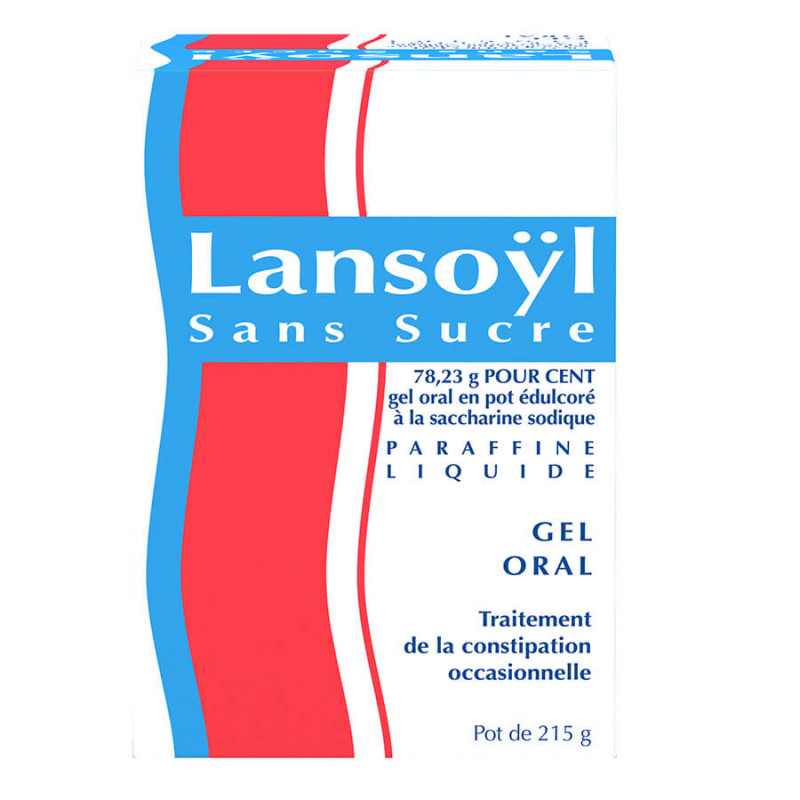
 Français
Français English
English
